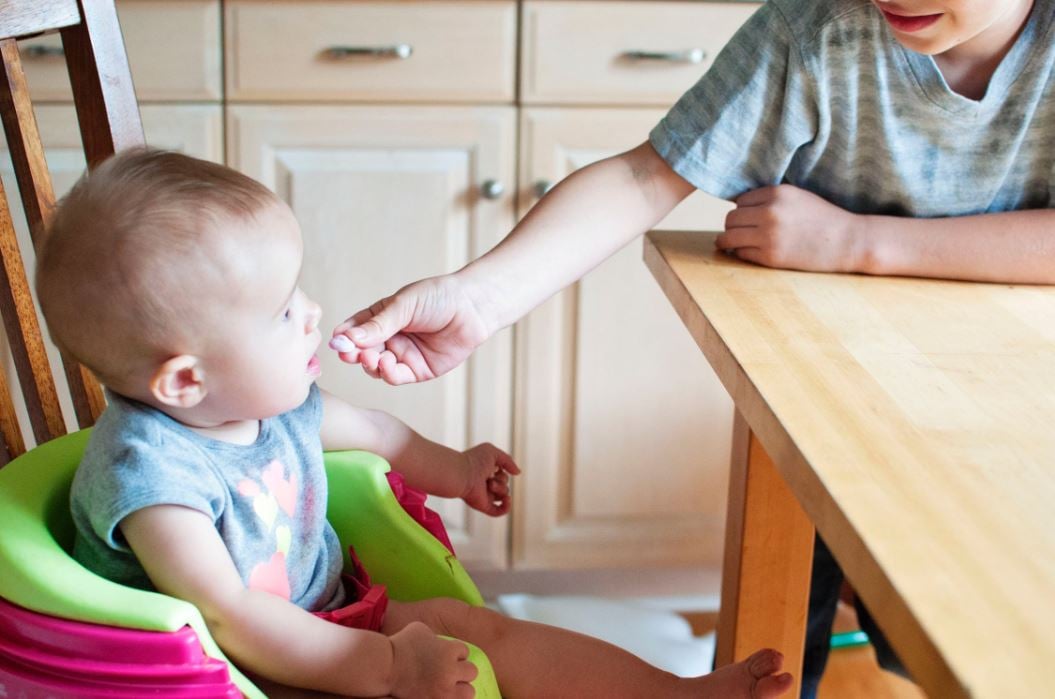How and why do children become overweight or obese? New analysis suggests that there is still a lot of unknowns
April 10, 2019
This blog is by Dr Georgie Russell, Lecturer in Food Innovation, School of Exercise and Nutrition Sciences, Deakin University. George was asked to discuss her recent publication on the development of overweight and obesity in childhood, which was published in Obesity Reviews recently.
Overweight/obesity in children is a significant challenge
In many high-income countries like Australia, levels of overweight and obesity in childhood have been increasing in recent decades. Evidence suggests that these trends are plateauing, but at high levels. A range of different approaches is needed to address childhood obesity. However, preventative efforts are more likely to be effective if they can be targeted to the unique factors that are contributing to childhood overweight/obesity in different families.
There are a lot of possible factors that could lead children to become overweight or obese, but how and why do they result in excess weight gain in particular children?
Research has identified a number of risk factors that are associated with excess weight in infants and children. These include biological characteristics (e.g., genetics and child temperament), an obesogenic environment (e.g. food advertising and food availability), children’s psychological approaches to eating (e.g. eating when not hungry and eating to manage emotions), psychosocial factors (e.g. parent feeding styles and practices), ethnic group, broader cultural and societal factors, as well as the child’s activity levels.
This long list of risk factors gives a broad idea as to where to best target obesity prevention efforts. But we need to take the next step and ask the question how and why these risk factors result in weight gain. This was the focus of our recent review. The value of this approach is that it allows us to consider the different pathways that might lead children to become overweight or obese. Two children who are overweight might have arrived there in different ways. We set out to examine the possible ways or reasons that different children could become overweight or obese.

Our analysis provides new insights into how and why children might become overweight or obese
To begin, our analysis revealed that there is a lot of evidence about the likely genetic and biological underpinnings of excess weight gain. For example, some children are born with a lower capacity to regulate their food and energy intakes, others are particularly responsive to food cues and rewards, others are born with impulsive or negative/difficult temperaments, or they may have particular food or taste preferences. These innate characteristics then combine with other factors in the infant or child’s environment that influence weight gain. For instance, how parents interpret and react to these inherent characteristics can the influence children’s pathways to overweight and obesity.
For example, imagine an infant born with a difficult/negative temperament with a parent who subsequently uses palatable foods (usually high in sugar and fat) to calm the infant or child when she is unsettled or upset. The child learns that eating to manage emotional states is appropriate and effective. With frequent exposure, the child also learns to like and prefer such foods. As the infant and child learns the association between food and the calming of negative emotions, the parents increasingly use this as it becomes an even more effective strategy. At the same time, diet and weight gain impacts the child’s developing brain structure and function (possibly making palatable foods more rewarding). Over time, the child acquires a pattern of eating behaviour and beliefs around the consumption of foods that contribute to weight gain. This cycle could lead to further eating when not hungry as the child goes through life (thereby contributing to subsequent weight gain).
What does this mean for those who are interested in childhood overweight/obesity?
Understanding the how and why of childhood obesity development helps us identify the combination of factors and different pathways that might lead to excess weight gain in childhood.
Our review highlighted the importance of considering the links between children’s biological characteristics (e.g. genes that make children more susceptible to weight gain), with other factors in the child’s environment including psychological and social influences (e.g. how parents feed their children). Research and practice that considers the interplay between these factors will likely have more fruitful outcomes.
For example, parents who have infants with high genetic susceptibility to weight gain could be supported by efforts to help them interpret, understand, and respond to their child’s unique characteristics and behaviors at particular ages and stages of development. This could help reduce or avoid being caught in the spirals, for instance, of emotional feeding and eating, with potential longer-term consequences for weight gain.
The review also highlighted a number of outstanding questions around our understanding of the processes and mechanisms of overweight and obesity in childhood. For example, there is still much to be learned about self-regulation of food and eating (selecting appropriate types of foods) and energy intake (balancing energy intake with expenditure) including how, when and why an early ability to self-regulate energy intake and expenditure declines in some infants and children and not others. There are many opportunities, then, for those interested in research in this space to contribute to our understanding of how and why childhood overweight/obesity develops and what the most effective prevention strategies might be.
The full version of this review is available as: Russell CG, Russell A. A biopsychosocial approach to processes and pathways in the development of overweight and obesity in childhood: Insights from developmental theory and research. Obesity Reviews. 2019; early view.
To read the full manuscript click here.